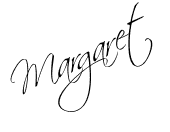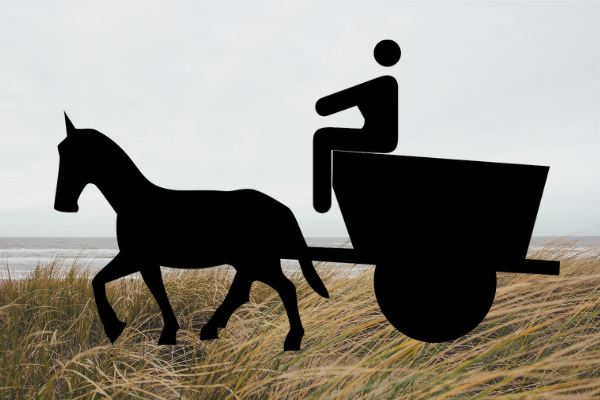Mechanics Rather Than Story?
Let me share a past post I wrote, which deserves repeating, because it’s message, “Story Comes First,” takes a while to sink in.
I don’t claim to be an expert on writing, so take my advice for what it is, an opinion, informed by thirteen years of practice, with many missteps and occasional victories along the way.
What I’ve discovered and want to pass on to you is that during all my years of studying the craft of fiction, I’ve been putting the cart in front of the horse. In other words, I’ve been concentrating on mechanics rather than story.
A Publisher’s Weekly review of one of my unpublished novels did not refer to my voice or to my sentence structure or to my writing style. What it did refer to, however, were issues of character development, resolution – and story.
A fellow writer once told me, “You’re a better writer than I am, but I’m a better story teller.” Guess who’s published today? While I fretted over writing the perfect sentence, she concentrated on story.
Feeling!
In Techniques of the Sellling Writer, Dwight V. Swain says, “Your reader reads fiction because it creates a pleasurable state of tension in him, line by line and page by page.” Then he adds, “feeling is the place every story starts.”
Feeling!
During my creative writing courses at UC Davis Extension, my fellow students often commented on the quick writes I read aloud in class. “Write like that in your novels and you’re set,” said one. “Get those puppies published,” said another. It took me a while to figure out what made my quick-writes so appealing.
The teacher would provide a prompt followed by fifteen minutes to respond, omitting the choice of subject and the luxury of time. As a result, I wrote from the gut. My passion soared, unshackled, and somehow I communicated this passion to my classmates. I threw caution to the wind, dared to be wrong, and was rewarded for it.
So my advice?
Discover what arouses your passion, what brings you joy, what brings you to fury. And then write about it. Your readers will thank you for it.
Story Comes First
Sure, you need to master the tools of writing, but not at the expense of story. Story comes first.
And feeling is where the story begins.
So put the horse in front of the cart. Not behind it.
As always, thanks for stopping by,



I love this post, Margaret. I wonder sometimes if when we write we try too hard to make it perfect, rather than just tell a story. I’m encouraged by Mr. Swain’s advice.
Jo
Hi Jo. When Christian Kiefer says he wrote forty-one drafts of his debut novel THE INFINITE TIDES , I’m sure the rewrites weren’t for grammar and line-editing (he’s a college writing instructor after all), but for story. There are no short cuts, it seems. He explains in an interview on Capital Public Radio (http://archive2.capradio.org/news/insight/2013/05/23/insight-052313/)that each draft added more layers to the tale.
Margaret, Some people are meant to write and you are one of those people. Without the cart before the horse, there is no reason for the horse to be there. You need to have a plot and story line in order to make the horse part of it.
I like the way you compare the cart to the plot, with the horse being…I assume, the mechanics of the story. So…that means the mechanics are necessary to pull the plot forward, instead of the other way around. Either way, if the plot/story is weak, the best mechanics in the world won’t save it. Readers buy our books and turn the pages by choice–and that only happens when the story pulls them in and holds them.